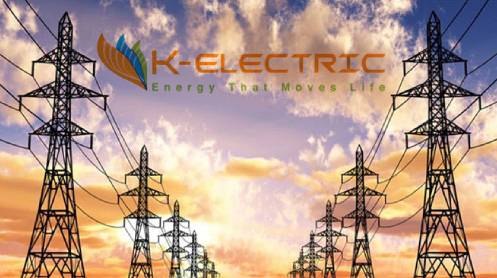ISLAMABAD: The federal government is examining the K-Electric (KE) privatization model while considering various options for the privatization of other power distribution companies (DISCOs).
A committee formed by the prime minister recently held extensive deliberations to determine the most suitable model for the power sector, focusing on privatization and concession models. The discussion aimed to address critical issues and identify the best path forward.
Committee members acknowledged the need to explore different models for private sector participation and privatization to ensure sustainable and efficient electricity distribution. They reached a consensus on conducting studies of multiple models to comprehensively understand their implications.
One of the key aspects was the analysis of the KE model. The committee agreed to thoroughly review KE’s success, including examining reports by research institutions and donor agencies that could provide valuable insights. The additional secretary of the Power Division highlighted the reduction in electricity theft following KE’s privatization, which was appreciated by the committee.
The committee chairman expressed the desire to review existing studies on the KE model’s success and examine privatization studies conducted by donor agencies, such as the World Bank. These studies could help compare global standards and practices.
During the discussions, the committee was briefed on federal government subsidies provided to KE compared to other DISCOs. These subsidies are part of the uniform tariff policy and account for the high fuel cost for power generation, as KE uses expensive re-gasified liquefied natural gas (RLNG) instead of indigenous gas.
The World Bank recently released its Pakistan Federal Public Expenditure Review, describing KE as a successful privatization model. The report highlighted significant improvements in KE’s performance since privatization, saving approximately Rs900 billion for consumers and the government due to substantial investments, workforce optimization, and operational efficiencies. KE invested around $4.4 billion across its value chain, leading to reduced aggregate technical and commercial (AT&C) losses from 43% in 2009 to 21% in 2023 and transmission and distribution (T&D) losses from 35% to 15.3% over the same period. The bank also emphasized KE’s prioritization of digitization and customer centricity, resulting in a transparent billing system, improved customer service, and digital connectivity for over 1 million of its 3.5 million customers.
This endorsement by a reputable international organization adds further credibility to the KE model for future privatization efforts. As Pakistan moves towards the Competitive Trading Bilateral Contract Market (CTBCM), lessons can be learned from countries like Turkey and the Philippines, which have fully deregulated their power markets. Key lessons include establishing equitable terms for investors, maintaining regulatory consistency, and ensuring policy stability to foster a competitive and efficient power sector.
The committee also emphasized the need to analyze the impact of a 10-year investment plan on the distribution margins and revenues of the Hyderabad Electric Supply Company (Hesco). This analysis will help understand how long-term investment could influence Hesco’s financial health and operational efficiency, especially if the proposed concession model is adopted.
During the meeting, the minister for energy voiced concerns over the caretaker cabinet’s decision on the concession model, citing a lack of proper technical, legal, and commercial due diligence.







